1. Make Sure Your Recipe Can Be Doubled/Tripled Or Create Other Meals
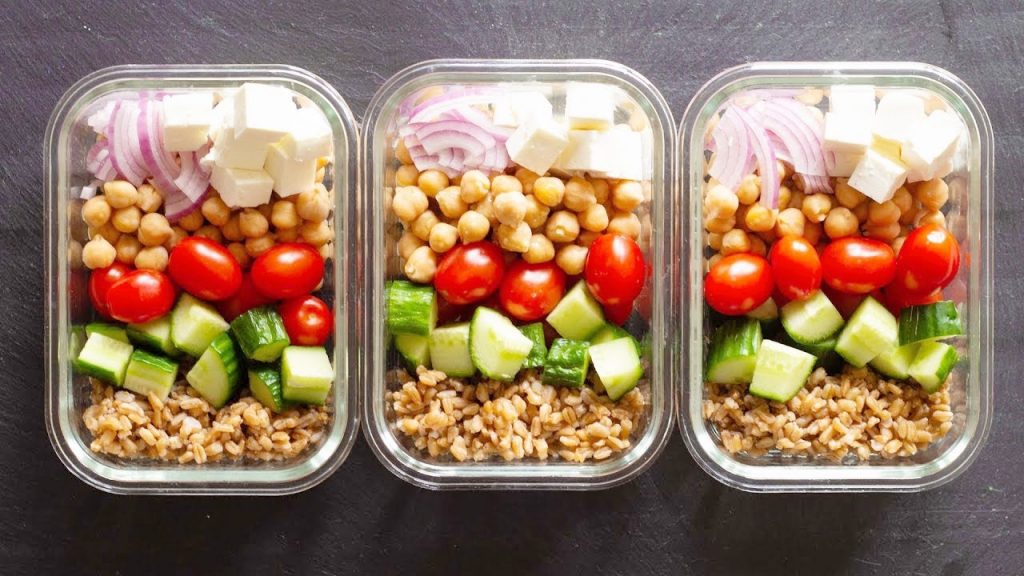
Buying ingredients for only one meal can end up being expensive. Instead, try to make sure you get a couple of meals out of your ingredients. You can also meal prep and make multiple meals out of that one recipe to get better bang for your buck. Buying in bulk will stop you from running to the store every week.
2. Perfect your grocery list
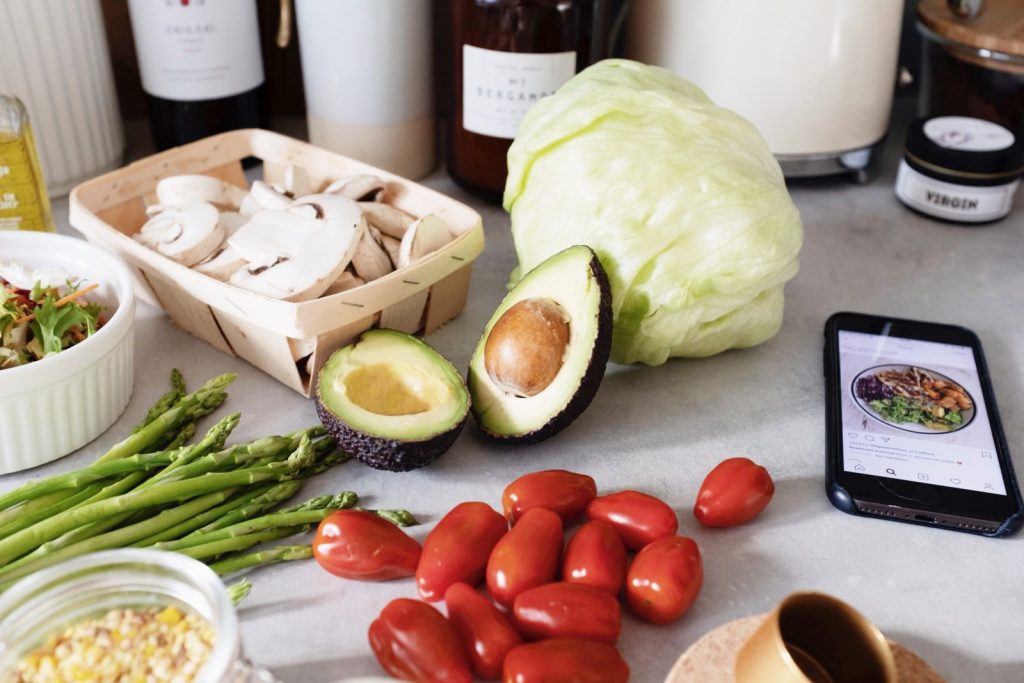
Going in the store aimlessly with no list is a sure way to make sure that you’ll end up with a bizarre mish-mash of items that you can’t turn into a meal. Making a good grocery list is important, but so is purchasing from the right grocery store. If your store of choice isn’t vegetarian friendly, it might make finding items hard. Still, don’t overlook the produce section of the budget grocery store or items on sale – beat up fruits and veggies need love too.
3. Use A Customizable Meal Plan
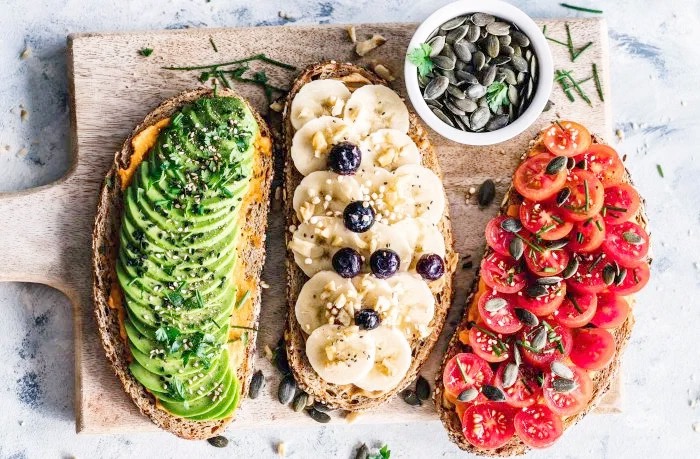
There are plenty of recipes online and ideas on sites like Foodgawker. Websites like Slender Kitchen can help you with a customizable meal plan for your needs, and many sites will let you print ingredient lists directly at home. Also, make use of apps which can help you organize your list by aisle. I mean, just look at this creamy caprese quinoa bake, or this mouthwateringly refreshing California sandwich.
4. Keep Meal Planning Frequency In Mind
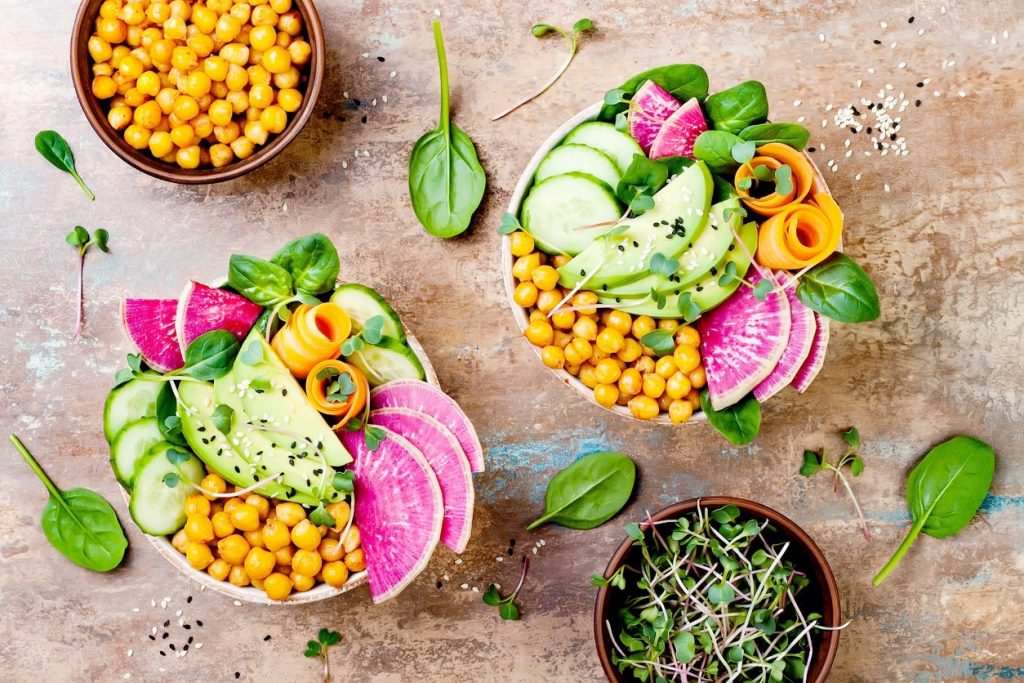
This is an important part of a vegetarian’s meal planning. Are you planning on making a large batch of a meal that you can eat for several days in a row? Or do you easily get sick of food? Canned food is great to incorporate into big batches, such as beans and canned veggies that make vegetarian taco night a breeze.
5. Figure Out Your Meat Substitutes
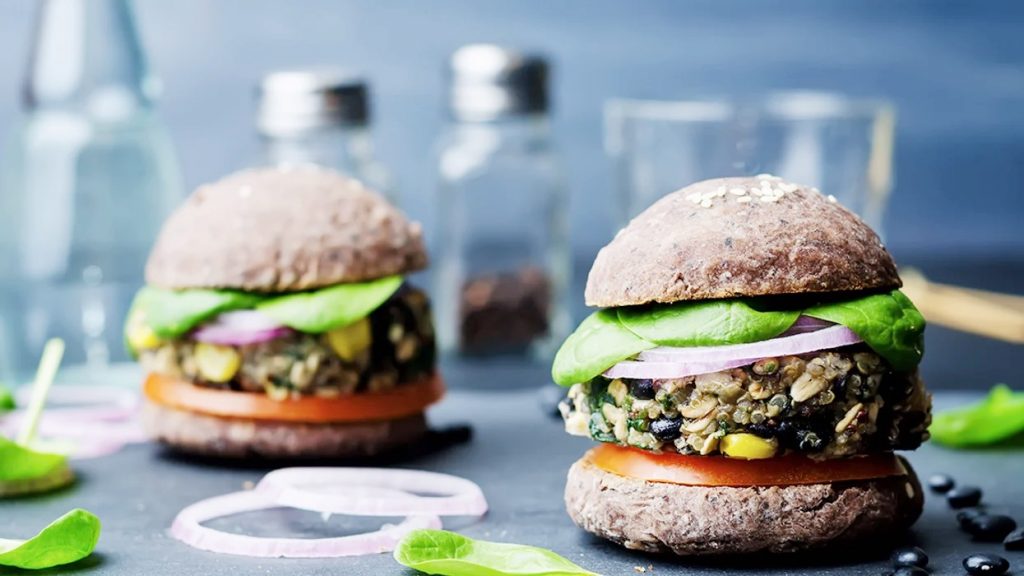
You can take meat recipes and easily sub them for a veggie protein. Mushrooms have a natural meaty flavor as well as soy substitutes, tempeh, and seitan. Beans can also infuse heartiness and flavor to most dishes. Some of these options are so convincing, the carnivores in your life will think they’re eating meat.
6. Purchase

After your planning and lists, you should have some more confidence in the supermarket aisles. Plant-based diets are getting more and more popular, and with a list in hand, it’ll be easier to stay on budget. It’ll also be easier to not stray off the list’s territory, which can lead you into junk food land and unnecessary purchases like pre-made food in the hot aisles.
7. Prep And Cook The Meal
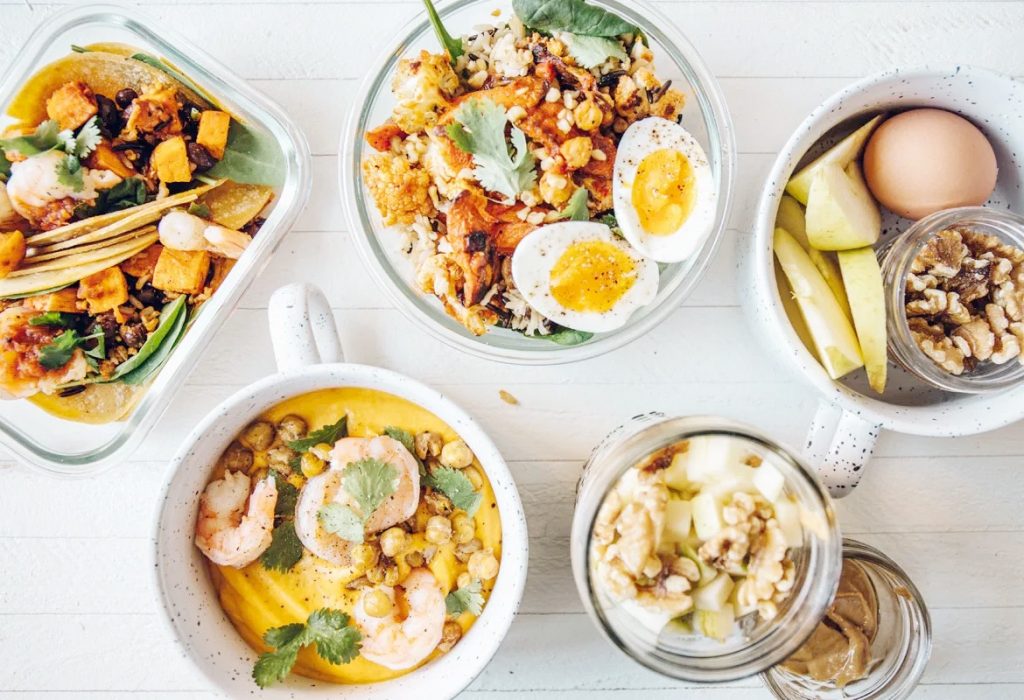
There’s no better feeling than unloading a ton of fresh groceries, knowing all the potential of yummy meals that are laid out in front of you. We suggest prepping. Chop and slice away – this will make your cooking process less intimidating, knowing that all your ingredients are ready for you in the fridge. Especially healthy snacks. If you’re craving carrots and hummus it’s so much simpler when the sticks are simply waiting or you in the fridge.
8. Find The Best Meals For Vegetarian Meal Planning
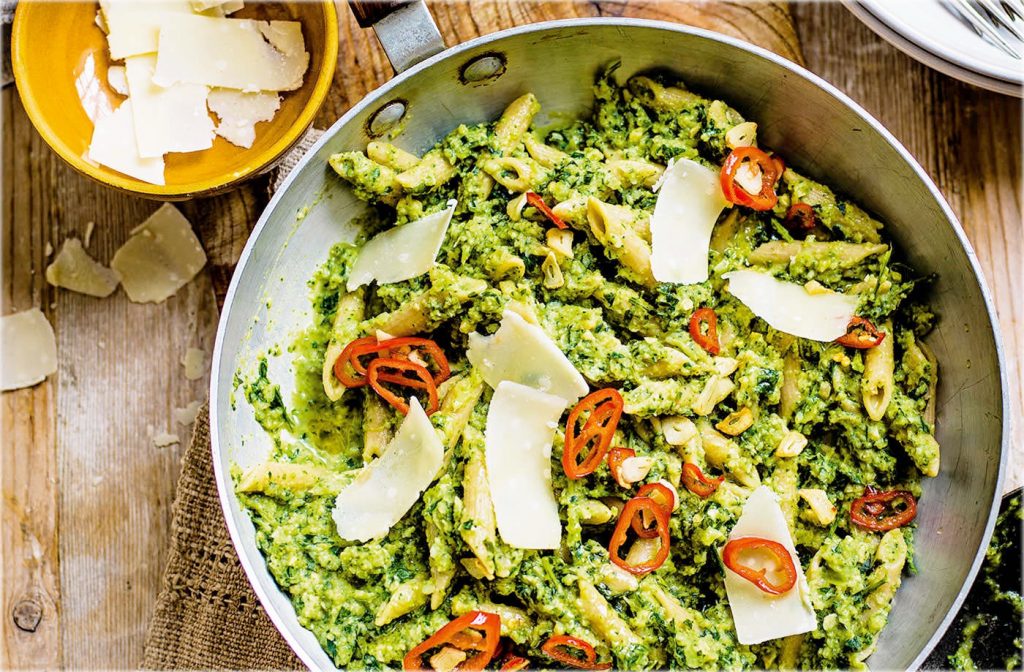
The best ingredients for a vegetarian’s meal plan includes lots of fresh fruits and veggies (smoothies make a pretty tasty dessert) as well as grains such as quinoa, rice, and oats. Try to look for foods that can be cooked in 30 minutes or less – an instant pot does wonders in helping out with this process. Eggs and fish are also a fantastic protein source, if you’re not a pure veg. Avoid processed ingredients and added sugars.
9. Write Out Meal Plans For Each Day Of The Week
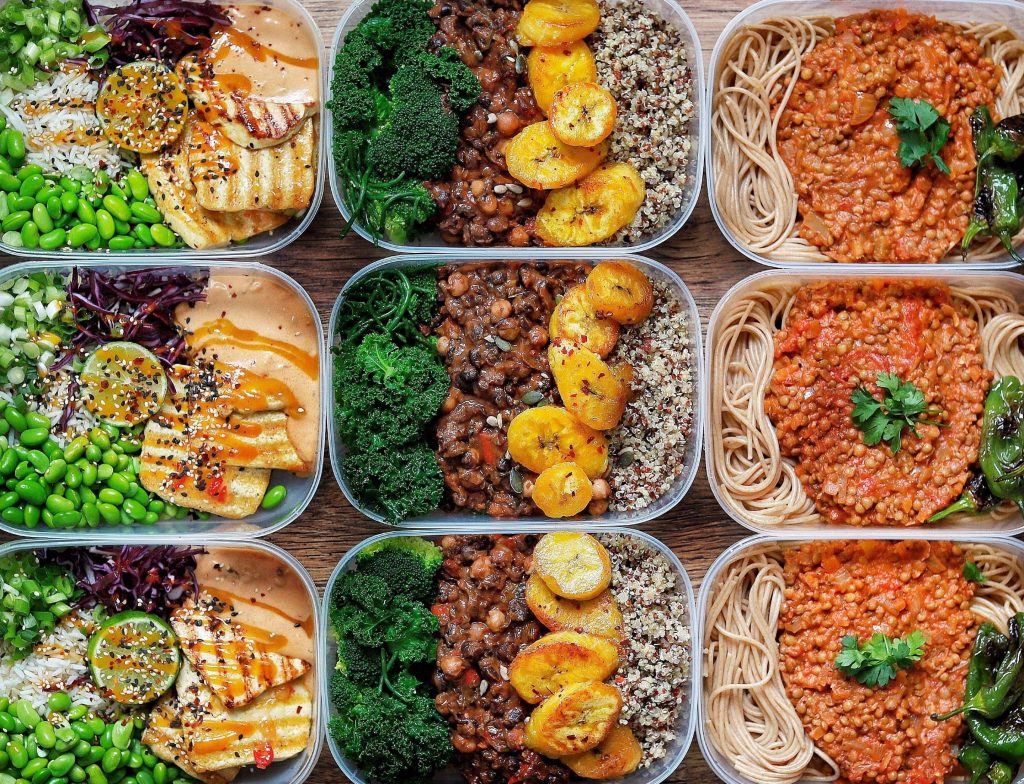
For your breakfasts, consider a greek yogurt bowl with frozen fruit, nuts, and seeds, or fiber-rich oatmeal with dried fruit and chia. Get creative with salads so that you don’t get easily bored of ingredients, and consider international cuisines that you haven’t tried before, like curry and veggie pakoras, which are nutrient-rich but total comfort food.






